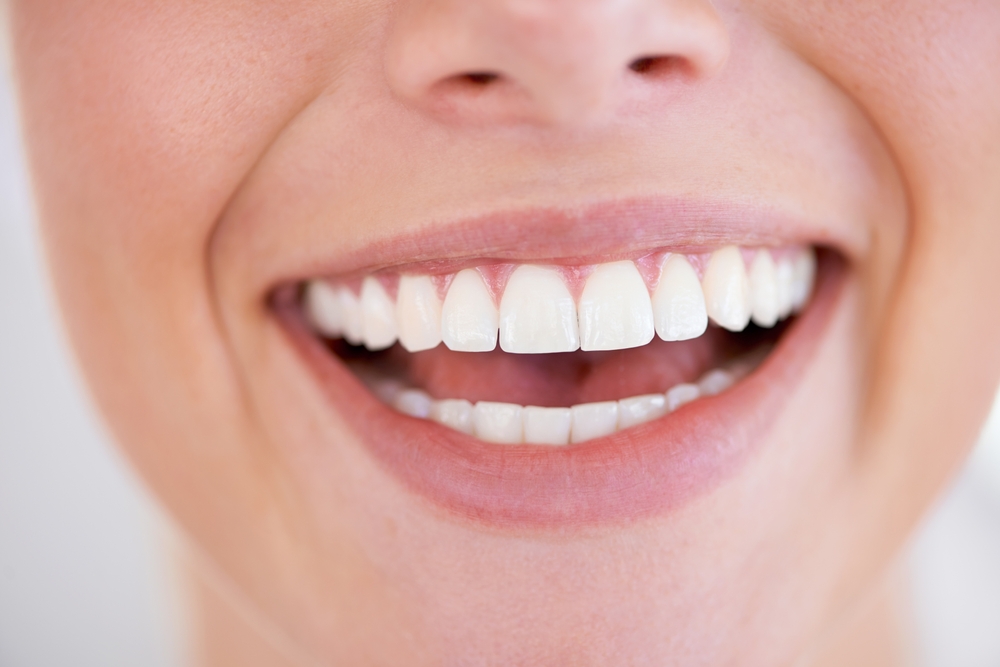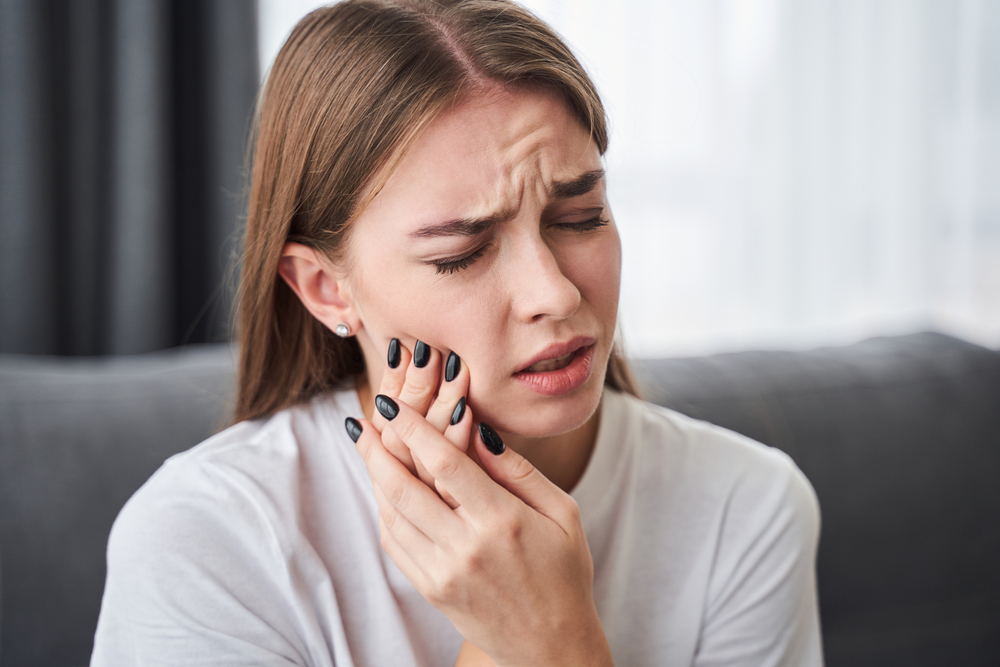Over 3 million Americans suffer from TMJ, but what is it and how can it be treated? Keep reading to learn the causes and symptoms of TMJ as well as different ways you can alleviate the pain.

What is TMJ?
TMJ stands for temporomandibular joint. With one on each side of your jaw, these joints act as a sliding hinge that connects your lower jaw to your skull.
When everything is properly aligned, you can perform actions such as talking, yawning, chewing, swallowing, and so on with no issue. However, if any of the surrounding areas of muscle or ligaments become inflamed or irritated, it can result in TMD, which is a temporomandibular disorder.
Depending on the severity of the pain, TMD can either be acute or chronic. The type will help determine your treatment choice.
What are some common symptoms?
The signs of TMJ disorders vary between patients. However, some of the most common symptoms include:
- Pain in either one or both temporomandibular joints
- Your joint locking, resulting in tenderness around your jaw or difficulty opening or closing your mouth
- Aching pain throughout your face or in and around your ear
- Difficulty chewing or pain while chewing
- A clicking sound while chewing or when opening your mouth
What causes TMJ?
More often than not, the cause of TMJ isn’t entirely clear, especially because a number of different factors might trigger it.
For some, it might be brought on by arthritis. For others, TMD might go hand in hand with bruxism (teeth grinding). Genetics could also cause TMD, as well as a traumatic injury to the jaw, head, or neck. Overall, the pain from a TMJ disorder might come from one of these factors or a combination of them.
What are some types of relief for TMJ?
If you’re experiencing continuous pain or tenderness throughout your jaw or mouth, it’s time to find a dentist who treats TMJ. Seeking medical attention will help you find the cause of this aching pain and ways to treat it.
The type of treatment varies depending on the severity of pain. Many experts agree that treatment should start simple and increase based on the severity of symptoms or if conventional options are unsuccessful.
Some simple treatments include:
- Take over-the-counter medication
- Eat soft foods to keep your jaw from overexerting itself
- Apply ice or a warm towel to your face multiple times a day
- Wear a night guard (most common for those who grind their teeth)
- Avoid extreme jaw movements and practice simple stretching exercises daily
If these basic remedies don’t do the trick, your health provider will most likely suggest alternative options and increase your form of treatment. These treatments range from minimally-invasive injections to surgery. However, surgery should only be considered if extreme pain persists and all other treatment options have failed.
Trigger point therapy is one of the most common and successful alternative treatments. This technique consists of inserting a small needle into the affected area to alleviate the pain. It’s proven to be an effective remedy for many people suffering from TMJ disorders.
Those who receive trigger point therapy injections might experience relief immediately, although it usually takes 1-3 days from the injections to start working. Undergoing several treatments can make your symptoms disappear for a significant amount of time, and some patients never need to receive treatment again.
Further treatment will be necessary if the pain returns after a while. However, this method is proven to help alleviate pain symptoms overall. Compared to other minimally-invasive forms of treatment, trigger point therapy also poses few risks. Typically, patients might only experience minor bleeding or soreness.
Rather than searching for TMJ dentists near me in Lancaster, PA, visit Smiles by Stevens DMD for all your general and cosmetic dentistry needs. We are considered one of the best choices for dentists in Lancaster, PA and we have the feedback to prove it! Contact us today to get treated by one of PA’s top 20 dentists.





